#plastic
Text
Plastic is a very complex material that can contain many different chemicals, some of which can be harmful. This is also true for plastic food packaging.
"We found as many as 9,936 different chemicals in a single plastic product used as food packaging," said Martin Wagner, a professor at NTNU's Department of Biology.
Wagner has been working with chemicals in plastic products for several years. He is part of a research group at NTNU that has now published its findings in two articles in Environmental Science & Technology. Ph.D. candidates Molly McPartland and Sarah Stevens from NTNU are the lead authors of both studies.
In one study, the researchers looked at 36 different plastic products that are used to package food. These products came from five countries; the United States, the United Kingdom, South Korea, Germany and Norway.
"In most of these plastic products, we found chemicals that can affect the secretion of hormones and metabolism," Wagner said.
Continue Reading.
57 notes
·
View notes
Text
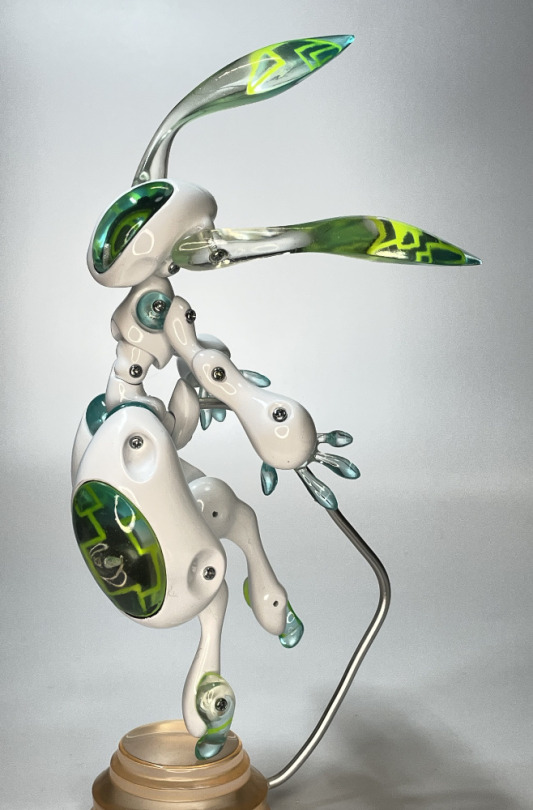

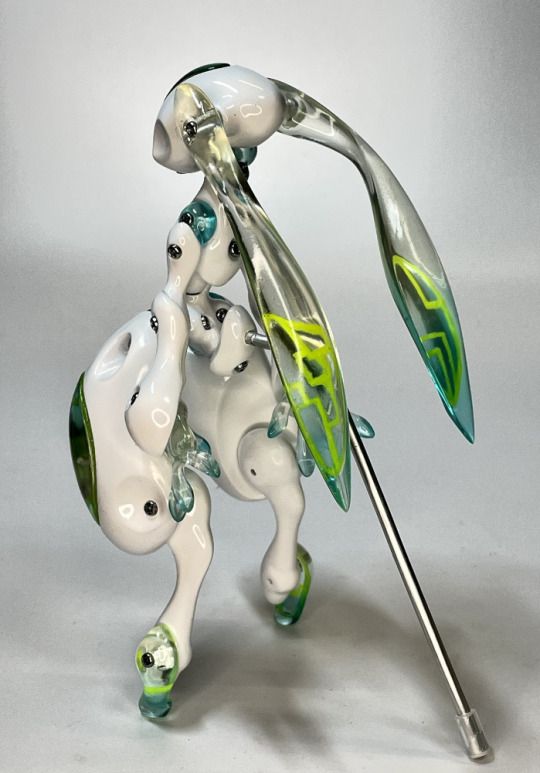
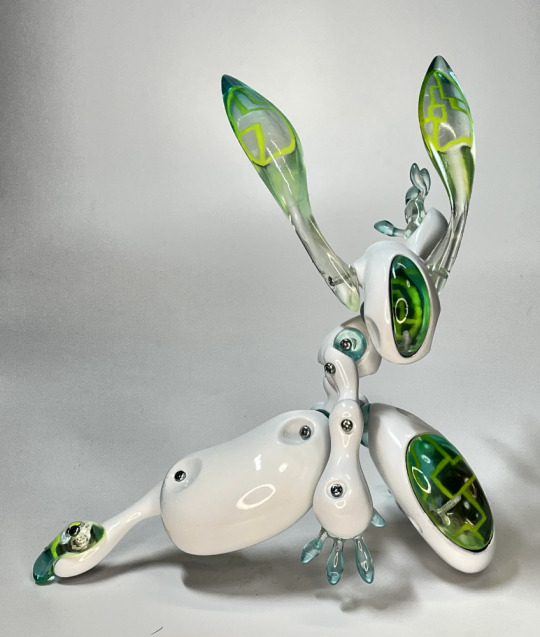
RABBIT SEVEN BY MEGASCULPTURE
18K notes
·
View notes
Link
““The Great Pacific Garbage Patch can now be cleaned,” announced Dutch entrepreneur Boyan Slat, the wonderkid inventor who’s spent a decade inventing systems for waterborne litter collection.
Recent tests on his Ocean Cleanup rig called System 002, invented to tackle the 1.8 trillion pieces of plastic pollution, were a success, leading Slat to predict that most of the oceanic garbage patches could be removed by 2040.
Intersections of ocean currents have created the massive floating islands of plastic trash—five slow-moving whirlpools that pull litter from thousands of miles away into a single radius.
The largest one sits between California and Hawaii, and 27-year-old Slat has been designing and testing his systems out there, launching from San Francisco since 2013.
GNN has reported on his original design for the floating device, but his engineering team improved upon it. System 002, nicknamed “Jenny,” successfully netted 9,000 kilograms, or around 20,000 pounds in its first trial.
It’s carbon-neutral, able to capture microplastics as small as 1 millimeter in diameter, and was designed to pose absolutely no threat to wildlife thanks to its wide capture area, slow motion, alerts, and camera monitors that allow operators to spy any overly-curious marine life...
Slat estimates ten Jennies could clean half the garbage patch in five years, and if 10 Jennies were deployed to the five major ocean gyres, then 90% of all floating plastic could be removed by 2040.” -via Good News Network, 10/19/21
#great pacific garbage patch#pacific ocean#pollution#plastic#plastic waste#dutch#california#hawaii#microplastic#good news#hope
76K notes
·
View notes
Text








Hassan Ragab: Recycled Plastic Art Nouveau Facade Chairs (2023)
40K notes
·
View notes
Text


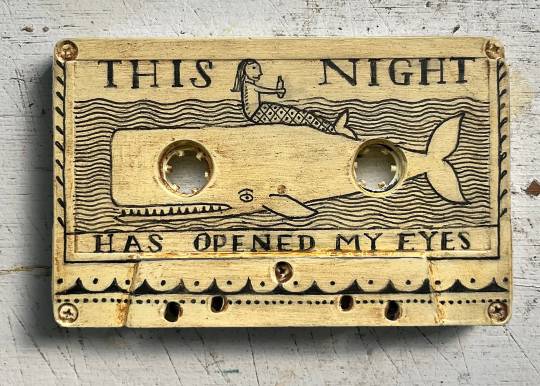
By Engraving Found Plastic Waste, Duke Riley Links Extractive Practices Throughout Human History
13K notes
·
View notes
Photo
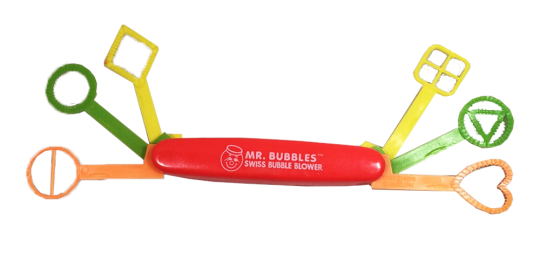

TOOTSIE TOY MR.BUBBLE SWISS BUBBLE BLOWER | LISTING
27K notes
·
View notes
Text

(source)
1K notes
·
View notes
Text
Let's Go Party
Collab Comic with the wonderful people from Rewriting Extinction. Go check them out and support their cause.

View On WordPress
#accident#Barbie#car#comic#comic strip#Heat#Heat wave#Horror#Ken#melted#melting plastic#plastic#REWRITING EXTINCTION#war and peas#webcomic
3K notes
·
View notes
Text


Yoshitomo Nara: I Don’t Mind If You Forget Me (2001)
7K notes
·
View notes
Link
It took 90 days for the fungi to degrade 27 per cent of the plastic tested, and about 140 days to completely break it down, after the samples were exposed to ultraviolet rays or heat.
Chemical engineering professor Ali Abbas, who supervised the research team, said the findings were significant.
"It's the highest degradation rate reported in the literature that we know in the world," the professor said.
From ABC News Australia
#plastic#plastic pollution#plastic recycling#trash#environment#hope#good news#technology#science#ecoanxiety#environmental grief#environmental anxiety#ecogrief
3K notes
·
View notes
Text
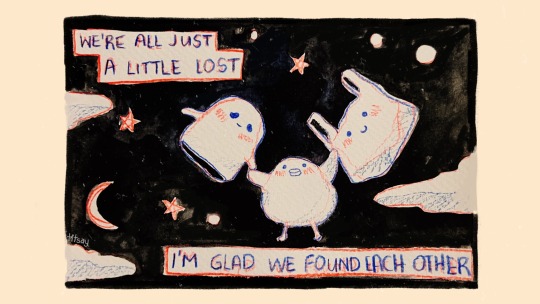
#titsayart#titsay#artoftheday#illustration#digital painting#caturday#artists on tumblr#art#artist#ghost#plastic#bird
5K notes
·
View notes
Text
Plastic producers have known for more than 30 years that recycling is not an economically or technically feasible plastic waste management solution. That has not stopped them from promoting it, according to a new report.
“The companies lied,” said Richard Wiles, president of fossil-fuel accountability advocacy group the Center for Climate Integrity (CCI), which published the report. “It’s time to hold them accountable for the damage they’ve caused.”
Plastic, which is made from oil and gas, is notoriously difficult to recycle. Doing so requires meticulous sorting, since most of the thousands of chemically distinct varieties of plastic cannot be recycled together. That renders an already pricey process even more expensive. Another challenge: the material degrades each time it is reused, meaning it can generally only be reused once or twice.
The industry has known for decades about these existential challenges, but obscured that information in its marketing campaigns, the report shows.
The research draws on previous investigations as well as newly revealed internal documents illustrating the extent of this decades-long campaign.
Industry insiders over the past several decades have variously referred to plastic recycling as “uneconomical”, said it “cannot be considered a permanent solid waste solution”, and said it “cannot go on indefinitely”, the revelations show.
The authors say the evidence demonstrates that oil and petrochemical companies, as well as their trade associations, may have broken laws designed to protect the public from misleading marketing and pollution.
1K notes
·
View notes
